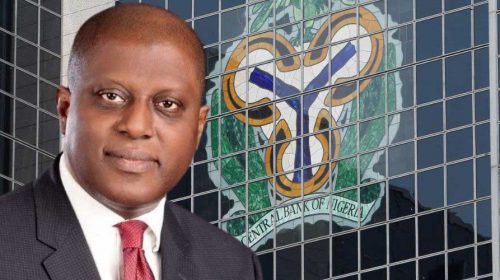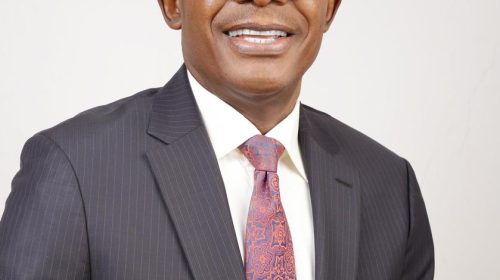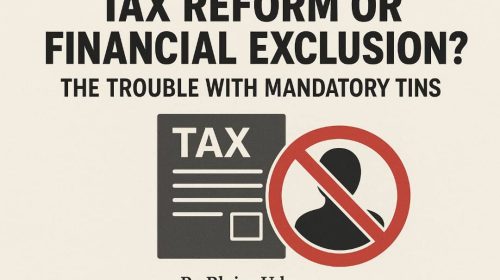CBN retains lending rate at 14 per cent … in spite of Finance Ministers call for cut
Central Bank of Nigeria (CBN) Monetary Policy Committee (MPC) has resolved to retain all previous monetary policy instruments rates.
The Committee in a meeting yesterday in Abuja took the decision not minding the earlier prediction by the Minister of Finance, Kemi Adeosun that low interest rate if maintain would boost the economy.
Addressing journalists at the end of the two-day meeting, the CBN Governor, Godwin Emefiele, said the apex bank decided to hold the lending rate in order to maintain its primary objective of price stability. , “the Committee assessed the relevant risks, and concluded that the economy continues to face elevated risks on both price and output fronts. However, given its primary mandate and considering the limitations of its instruments with respect to output, the Committee elected to retain the current stance of policy.
“Conscious of the need to allow this and other measures like the foreign exchange market reforms to work through fully, the Committee decided to retain all the monetary policy instruments at their current levels.”
Emefiele said, all 10 MPC members voted to:Retain the MPR at 14.00 per cent;
Retain the CRR at 22.5 per cent; Retain the Liquidity Ratio at 30.00 per cent; and
Retain the Asymmetric Window at +200 and -500 basis points around the MPR.
Announcing the Committee’s Considerations, he said, the Committee acknowledged the weak macroeconomic performance and the challenges confronting the economy, but noted that the MPC had consistently called attention to the implications of the absence of robust fiscal policy to complement monetary policy in the past.
“The Committee also assessed the impact of its decision to tighten the stance of monetary policy by raising the MPR in July 2016. At the time, the Committee understood the complexity of the challenges facing the economy and the difficulty of arriving at an optimal policy mix to address rising inflation and economic contraction, simultaneously. The Committee also recognized that monetary policy had been substantially burdened since 2009 and had been stretched.
“The Committee noted that new capital flows into the economy, approximately US$1 billion, had come in since July, while month-on-month inflation has declined continuously since May 2016. Against this background, members reemphasized the need to prioritize the use of monetary policy instruments in dealing essentially with stability issues around key prices (consumer prices and exchange rate) as prerequisites for growth.
“The MPC noted that stagflation is indeed a very difficult economic condition with no quick fixes: having been imposed by supply shocks as well as fiscal and current account (twin) deficits.
“Consequently, the policy framework must be reengineered urgently to provide a lever for reversing the negative growth trend. While the imperative for ensuring financial system stability remains, the MPC reiterated the fact that monetary policy alone cannot move the economy out of stagflation.
“The MPC considered the numerous analysis and calls for rates reduction but came to the conclusion that the greatest challenge to the economy today remains incomplete fiscal reforms which raise costs, risks and uncertainty.
“The calls came mainly from the believe that reducing interest rates will spur credit growth, not only in the private sector but also by the public sector, which will help provide liquidity to stimulate consumption and investment spending.
“The Committee was of the view that in the past, the MPC had cut rates to achieve the above objectives; but found that rather than deploy the available liquidity to provide credit to agriculture and manufacturing sectors, the rate cuts provided opportunities for lending to traders who deployed the same liquidity in putting pressure on the foreign exchange market which had limited supply, thus pushing up the exchange rate.







Leave a Reply